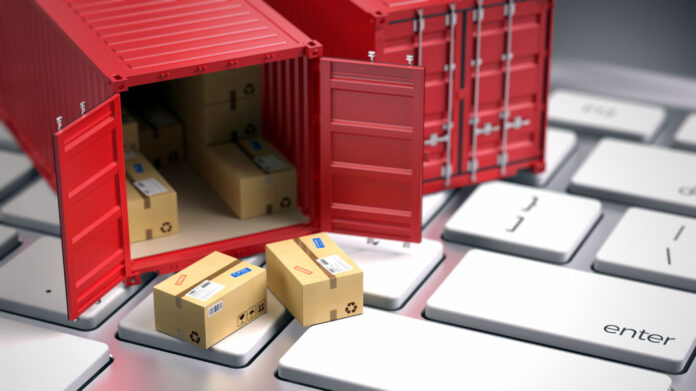Standardization in handling returns has become the main focus for large companies, especially in the telecommunications sector, which deals daily with the massive return of equipment. In 2022, the world generated 62 million tons of electronic waste, with a projected increase of 33% by 2030.
In addition to the growing volume of returns, which already poses a challenge, there is also a lack of uniformity in the receiving and control processes for these items in Distribution Centers (DCs). In the telecommunications sector, where the return of equipment such as modems and routers is routine, the mismatch between reverse logistics and inventory control has generated high costs, reaching R$100 million, in addition to loss of efficiency.
As a result, companies face difficulties in carrying out proper processing in DCs, leading to physical and fiscal disorganization, which directly impacts their operations negatively. To solve this issue, PostalGow created the DevolvaFácil solution, a platform that standardizes the handling of returns, one of the main logistical bottlenecks for telecoms, with nationwide coverage. ‘The reverse logistics process doesn’t end with the return. It also involves handling and checking items according to the standards defined by the client,’ explains Carlos Tanaka, CEO of PostalGow.
Standardizing distribution centers
The company’s major innovation lies in adopting an integrated system that automates and standardizes the treatment of returned products. The platform allows end customers to return equipment at drop-off points, facilitating the shipping and transportation process to DCs, ensuring nationwide service and logistical efficiency.
Upon arrival at DCs, the goods undergo rigorous checking, including verification of package contents and compliance with established return standards. ‘The solution enables the system to make checking processes faster and more efficient, ensuring each item is handled correctly and standardized, significantly reducing losses and failures in inventory control,’ highlights Tanaka.
This level of standardization is a strategic solution for companies facing overcrowded DCs and the need to maintain strict inventory control. The use of advanced technologies, such as smart cameras, aids in automating the checking process and tracking each step of the return. This not only reduces processing time but also minimizes human errors and enhances service quality.
Ensuring companies’ operational efficiency
The platform enables integration with companies’ ERP systems, allowing synergy between logistical and management processes. With this integration, companies can monitor, in real time, all stages of the return, from voucher issuance to handling at the DC, ensuring full transparency and control.
For Tanaka, standardization in handling returns is the key to improving operational efficiency. ‘By automating the process and standardizing the treatment of returned products, we optimize DCs and offer a much more efficient return experience for the end consumer,’ concludes the CEO.


